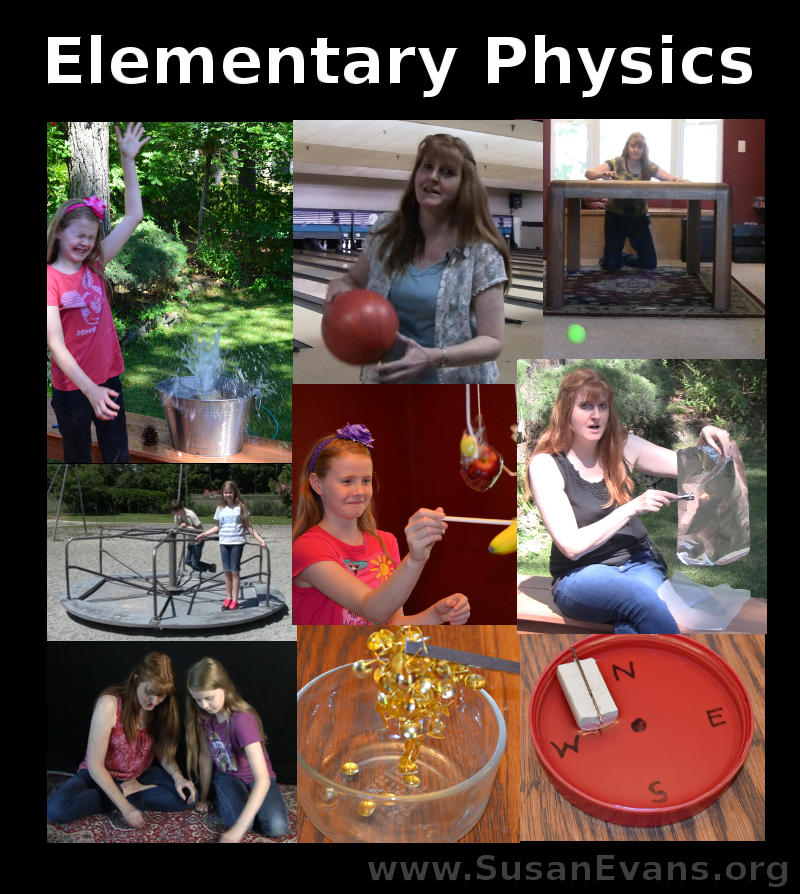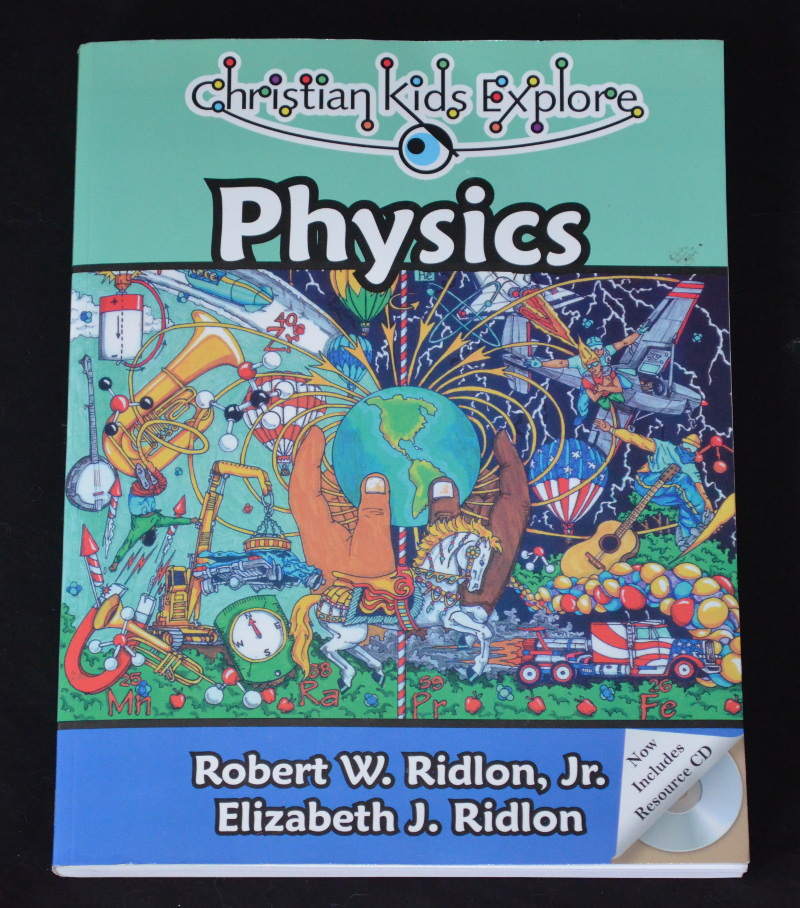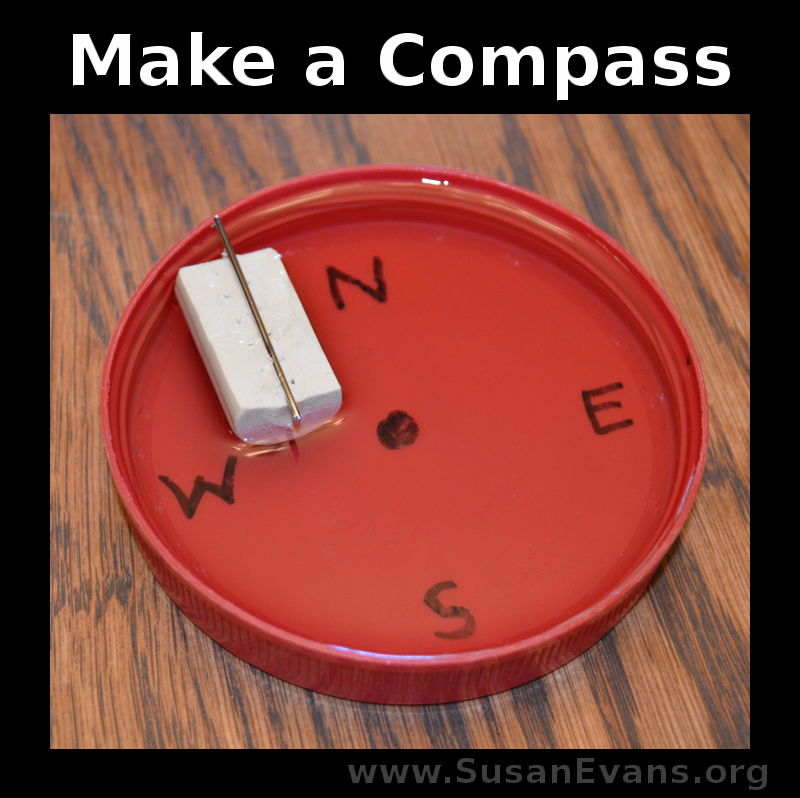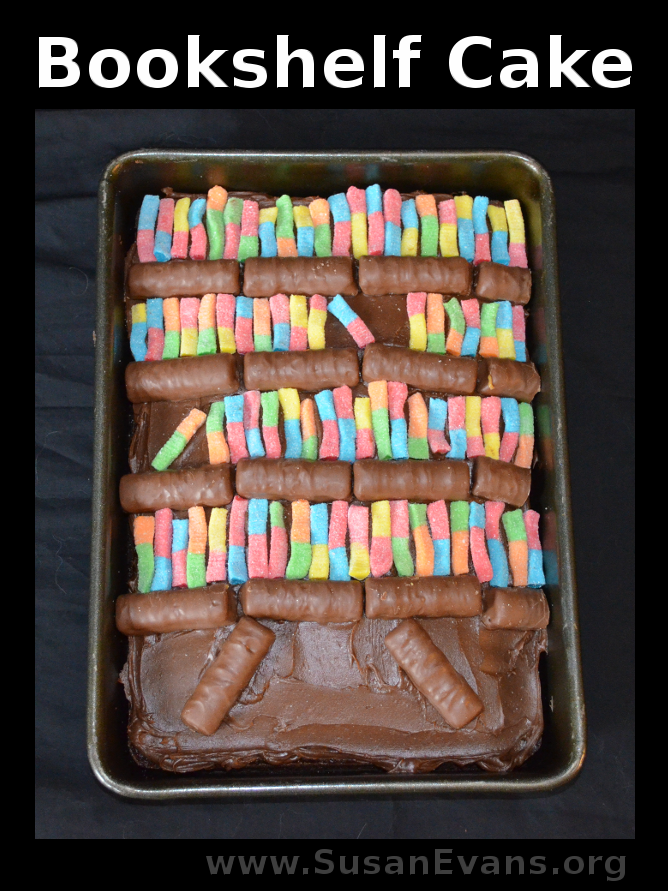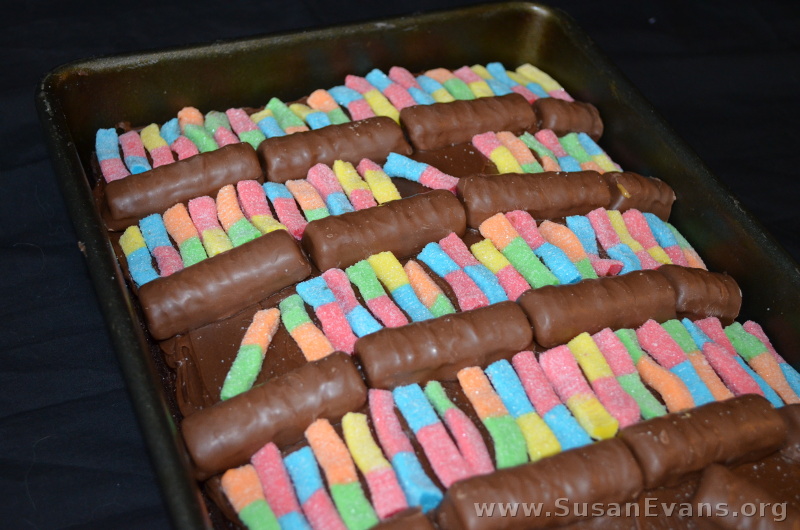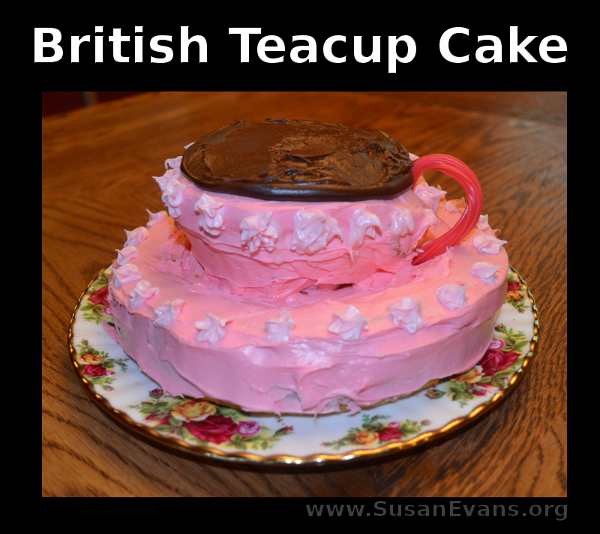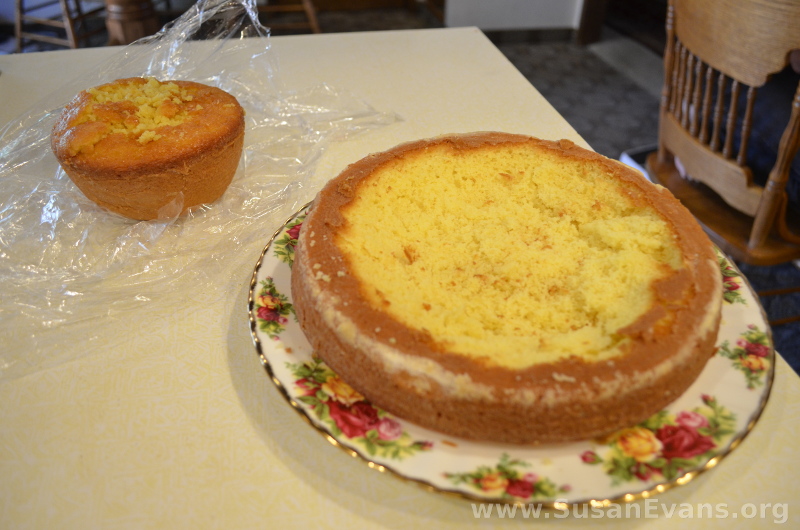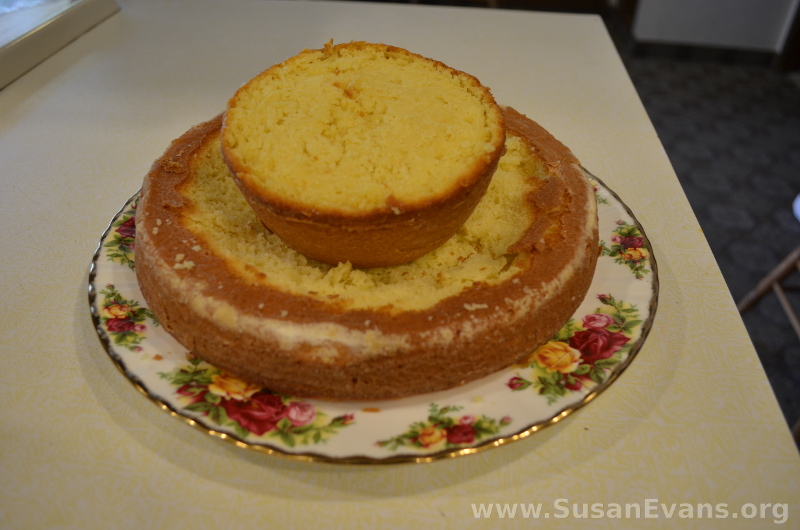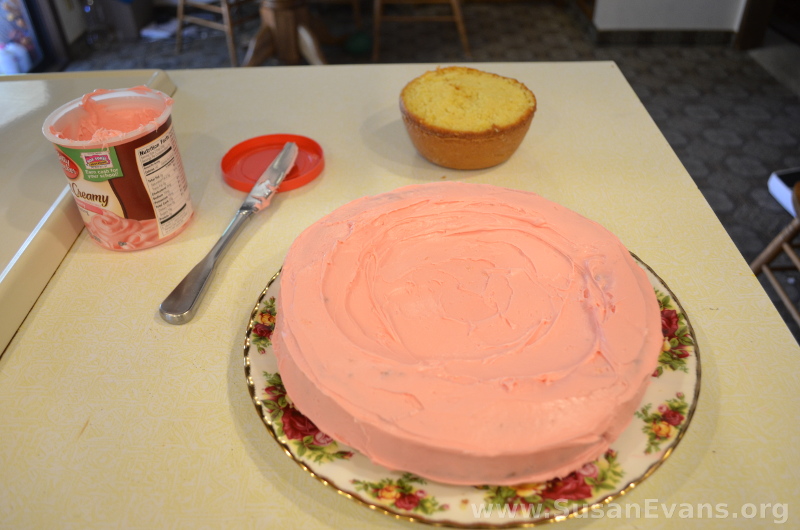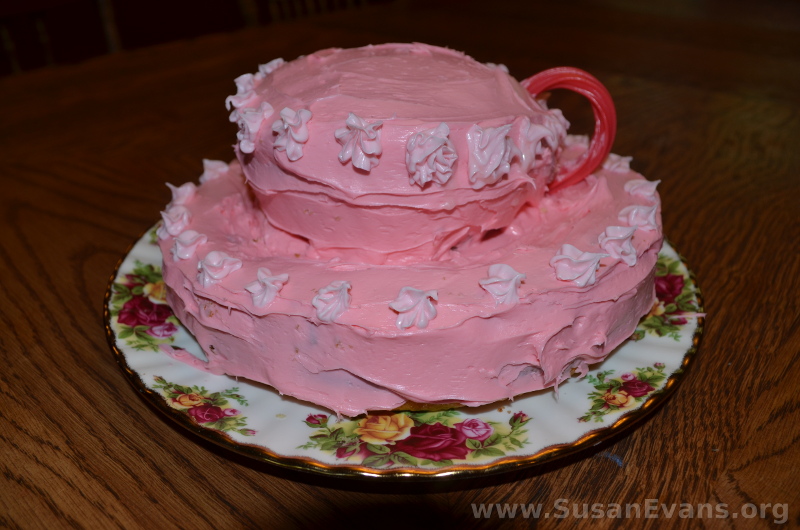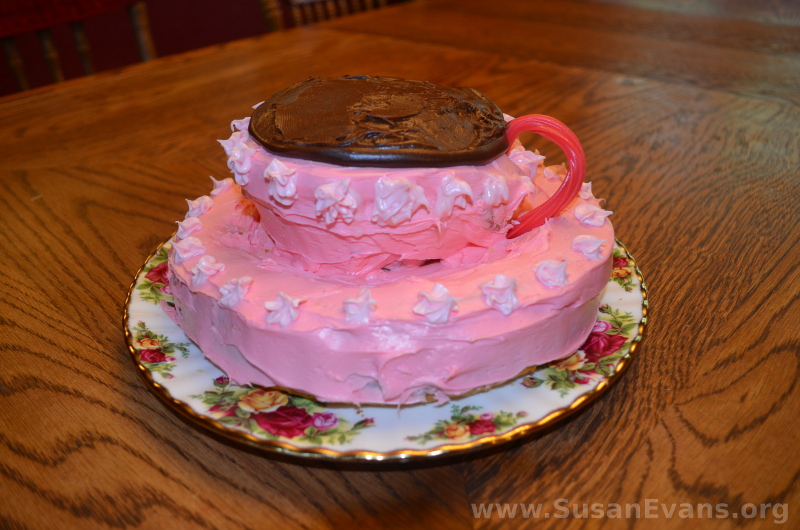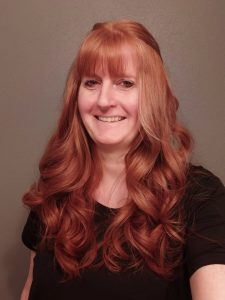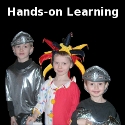This post contains affiliate links. I was compensated for my work in writing this post.
We had a great time learning about Elementary Physics, using the book Christian Kids Explore Physics by Bright Ideas Press. Here is a quick index of the different experiments we performed for you on video, to help you as you study this subject.
The first unit of this book is called “The Foundations of Physics.” It describes what physics is all about; how to measure distance, time, temperature, and weight; and it familiarizes us with famous physicists. Here is a demonstration of how we see physics all around us:
The second unit is “Matter.” If you have taken Elementary Chemistry, you can skip these chapters, which are a review of chemistry. If you have not taken Christian Kids Explore Chemistry, here are the experiments from this physics book that you will need:
- How to Build Atomic Models
- Measuring the Volume of a Solid
- Testing Charles’s Gas Law
- Saltwater Experiment
The third unit is “Mechanics,” where we learned about force, gravity, work, friction, and energy. Here are the video demonstrations we performed to learn about mechanics:
- Measuring the Magnitude of Force
- Changing the Coefficient of Friction
- Turning Potential Into Kinetic Energy
The fourth unit is “Matter in Motion,” where we learned all about motion:
The fourth unit is “Energy in Motion,” where we learned about electromagnetic energy, light, color, heat, and sound:
The last unit is “Electricity and Magnetism.” Here are a couple of experiments that we did for this unit, in order to understand electricity and magnetism:
These fun experiments are from the book Christian Kids Explore Physics by Bright Ideas Press. We really enjoyed studying physics in such a hands-on way. Why not study physics with your own kids by grabbing a copy of this book?
